Unboxing Scholarly Communication: The Rise of Researcher-Driven Publishing

Academic journals have long been the gatekeeper of research dissemination. However, a gradual shift is underway, as researchers increasingly exercise agency in this domain. In this evolving landscape, researchers are driving scholarly communications towards openness, and collaborative community-focused processes.
This post introduces "unboxing scholarly communication," a concept reflecting the shift of agency from traditional journals to researchers. The term "unboxing" aptly describes the dismantling and reconstitution of journal processes into more accessible forms, signifying a move towards decentralized and researcher-driven publishing practices that extend beyond the traditional confines of journals. My argument is that we've dismantled the traditional journal model, and now we must decide how best to utilize the components we've uncovered.
The post traces this evolution, from the emergence of preprints to the rise of researcher-driven review and curation practices, arguing that these developments signify a broader trend towards increasing researcher empowerment in a landscape currently dominated by academic journals.
Preprints - The Quiet(ish) Revolution
Originally seen as just a precursor to 'real' publication, preprints were designed to offer a speedy alternative to the slow and cumbersome journal publishing process. By using terms like 'deposit' instead of 'publish' or 'submission', 'preprint' instead of 'article', and 'preprint server' instead of 'journal' or 'publisher' the academic community introduced preprints in a way that appeared non-threatening to traditional journals. This careful language and 'low threat profile' tactics helped integrate preprints into the academic workflow without alarming the established order.
Notably the first wave of preprints was started by a researcher - Paul Ginsparg - with arXiv and soon after other researchers (eg Ron Vale) advocated for preprint servers to service other domains. This energy has been taken up by various researcher-centric groups (such as ASAPbio) to advocate for and promote the continued expansion of preprints in the scholarly domain.
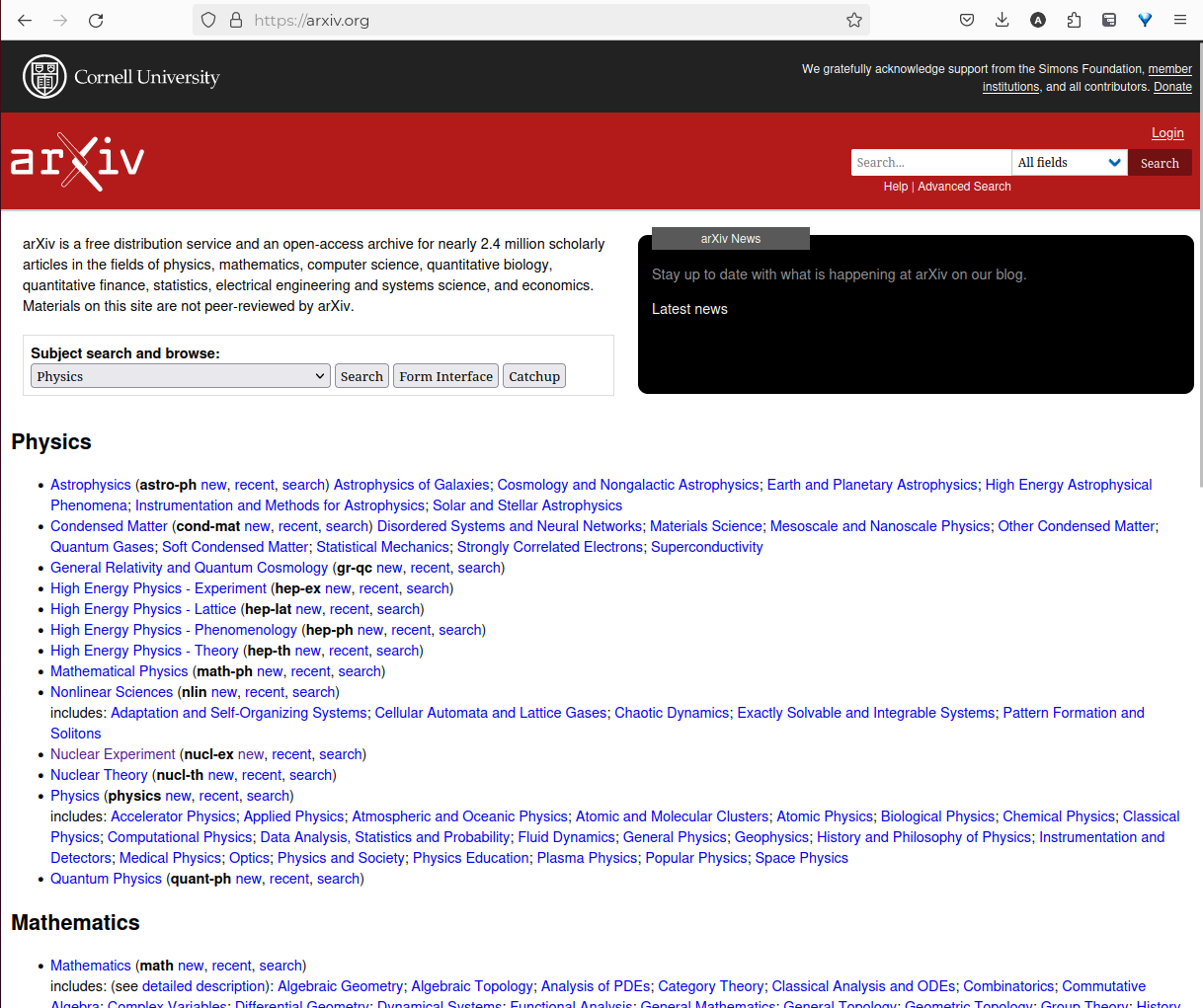
The COVID-19 pandemic marked a pivotal 'preprint 2.0' moment, elevating the significance of preprints in the academic world. As the crisis unfolded, researchers were inundated with an unprecedented flood of preprints—far outpacing what peer-reviewed journals could handle. During this time, preprints shifted from being mere 'placeholders' or 'pre-releases' to becoming essential tools for the rapid and broad dissemination of research findings.
This situation highlighted the crucial role of preprints in providing immediate access to new research, but it also exposed the challenges of ensuring quality and reliability in such a swift system. Initiatives like the Novel Coronavirus Research Compendium and Rapid Reviews COVID-19 emerged to review preprints and guide researchers through the deluge of new information, signaling a shift towards community-driven review processes that occur outside traditional journal systems.
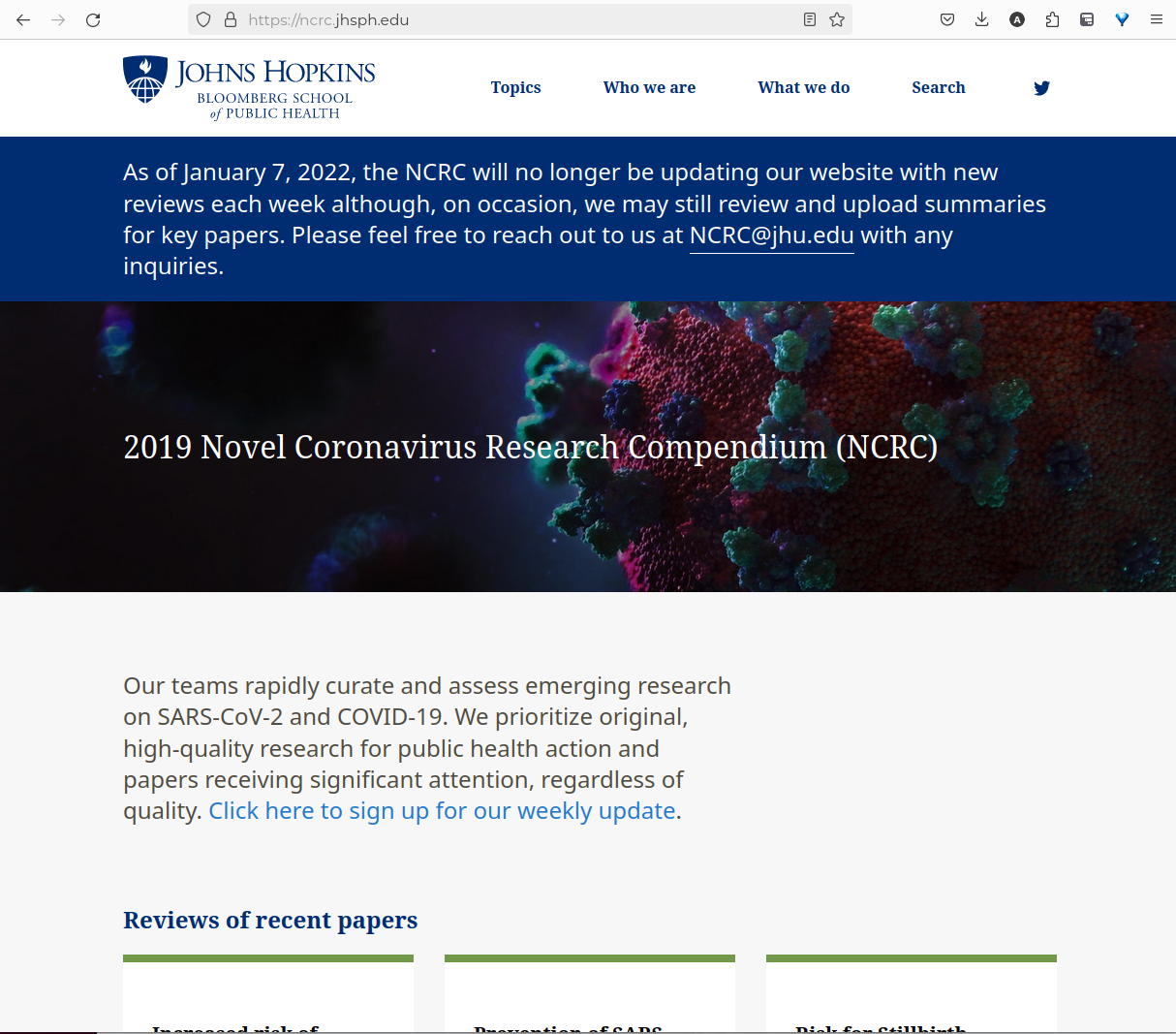
Post COVID, the reversal in process order, from Review → Publish, to Publish → Review, is well-suited to the needs of many academics today, reflecting the growing demand for swift information sharing coupled with community review/opinion. The established nature of preprints and the maturing field of preprint review—exemplified by very recent initiatives and announcements (many I work with) like PREreview, Biophysics Colab, MetaROR, and the Bat Pathogen Spillover Compendium—highlight the growing interest in this model.
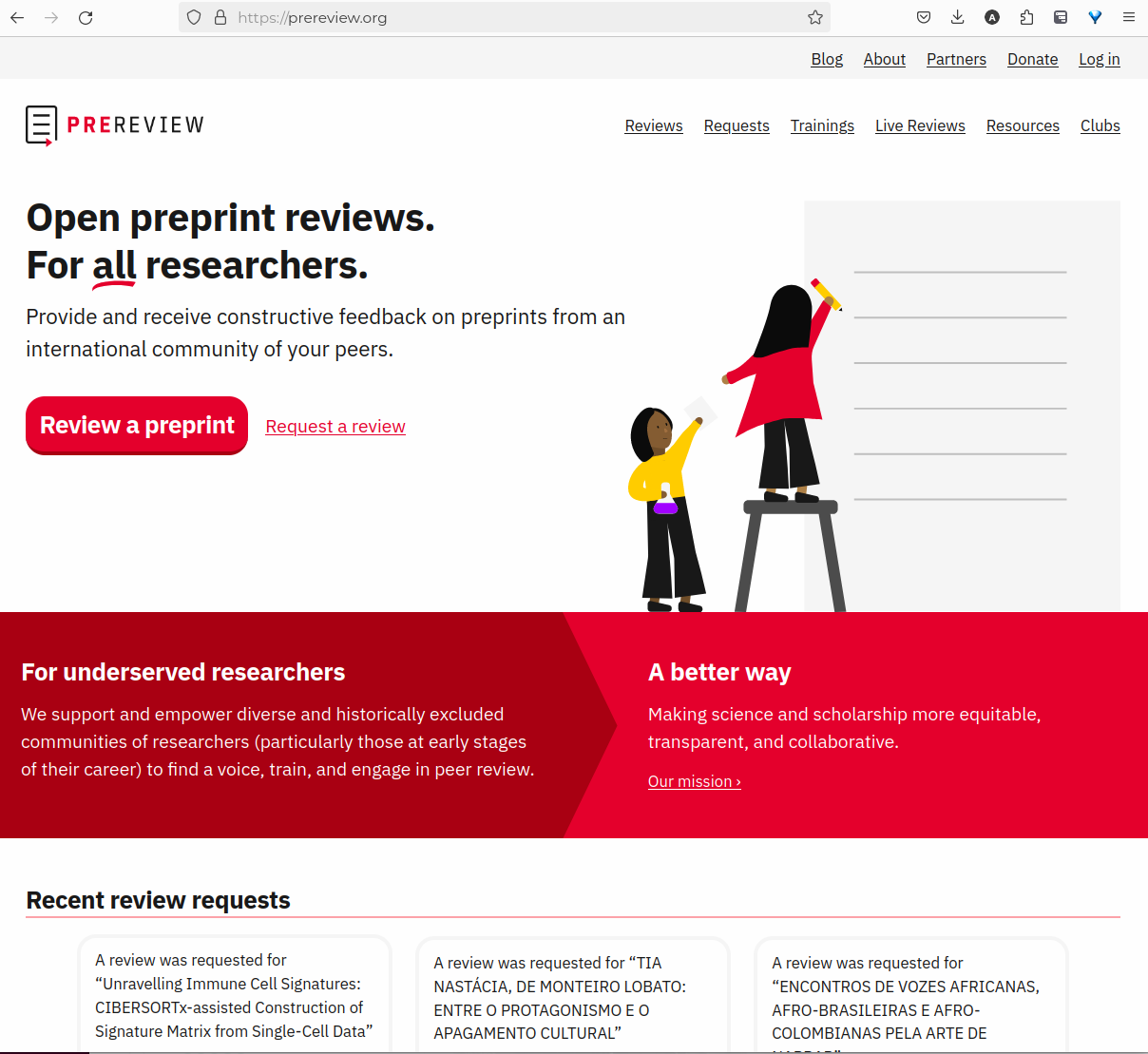
If we consider preprints being a analog for publication, and 'preprint review' being a synonym for review, then we can see that there is a gradual 'unboxing' of journal processes beginning to appear. Since these efforts are largely coming from researchers themselves, not from established journals, it's a movement that could also be described in terms of increasing researcher agency over the communication of research.
Unboxing The Entire Chain - Publish, Review, Curate
The evolution of preprints and preprint-review has given rise to the PRC model: Publish, Review, Curate. A model devised to articulate the deconstruction and reversal of journal process. A Journal process could be described as CRP - Curate, Review, Publish (although curation occurs throughout the entire process chain to some degree).
In the PRC model, preprints (P) come at the beginning of the cycle, followed by post-publication (or post-deposit) review (R), and finally, the curation (C) of content. This last phase helps researchers find associated and adjacent material.
In the context of the evolving scholarly communication landscape, eLife is the best example of the Publish, Review, Curate (PRC) model in action. By publishing every preprint they review together with public reviews, and adding curation through an assessment that uses a consistent vocabulary, eLife not only facilitates the dissemination and review of research but also pioneers content curation in the PRC chain. This approach advocates for a future of scholarly communication that moves away from traditional 'boxed' journal models towards more open, collaborative processes.
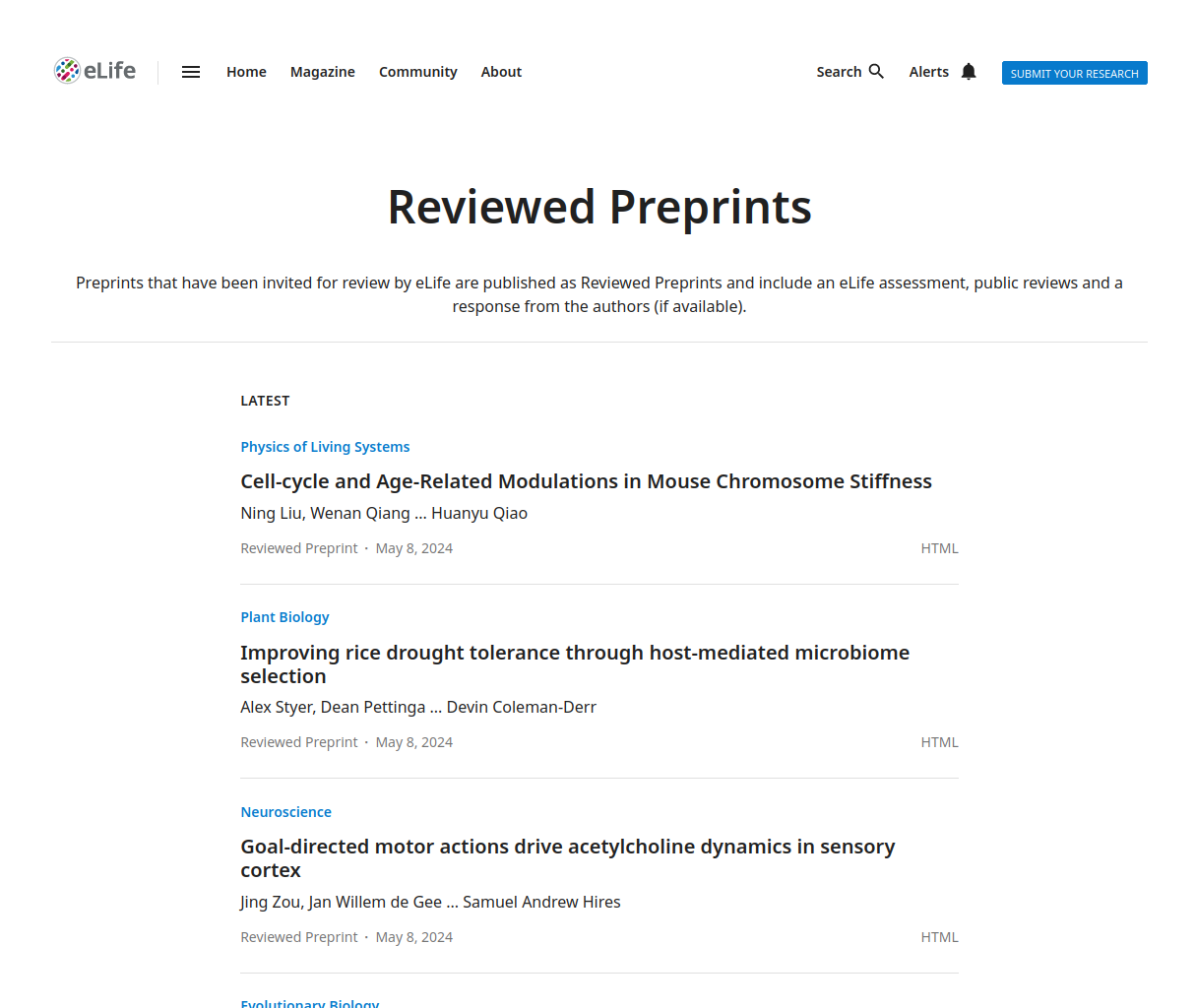
However, while it can be said that preprints (P) are well established with many preprint servers available today, and preprint review (R) is definitely on the rise with many groups starting these activities, the curation aspect remains in its infancy, with platforms like Sciety almost alone in pioneering the community curation space (C).
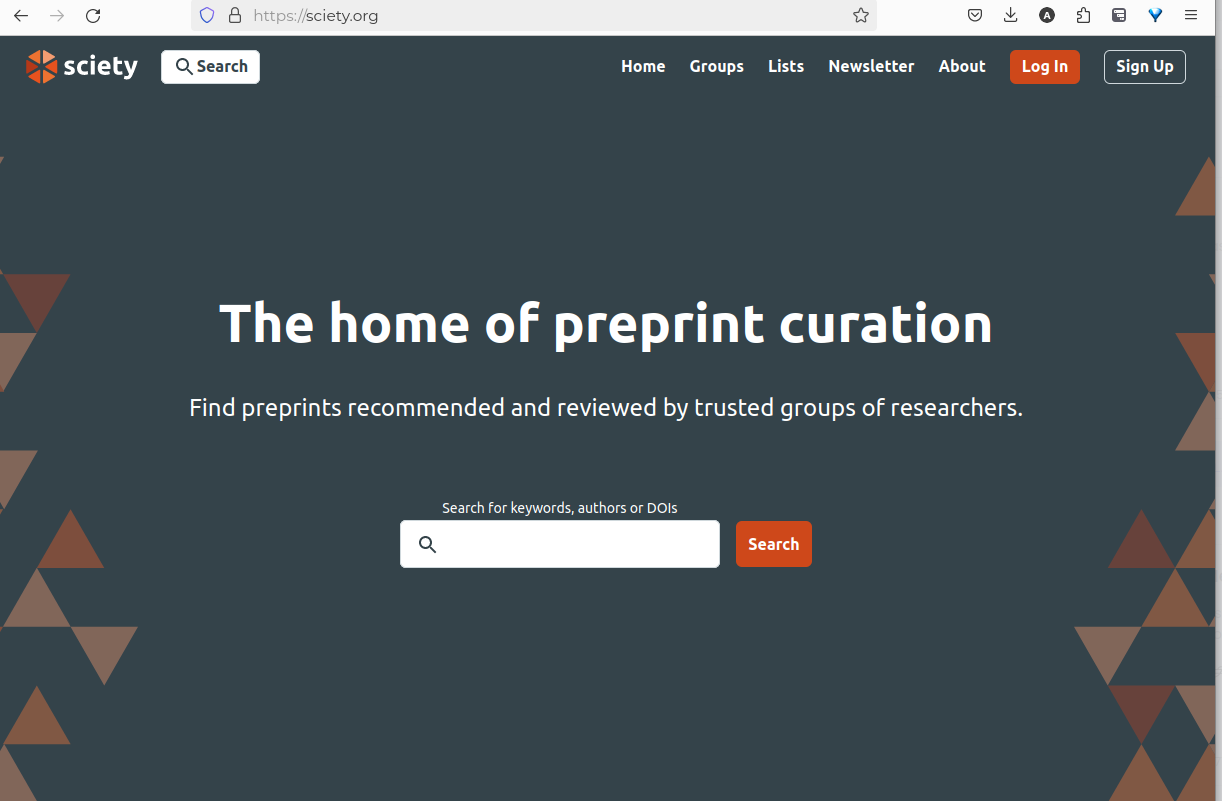
It is reasonable to consider that should the practice of researcher-driven review continue to expand, the need for sophisticated curation mechanisms like Sciety will become more pronounced. These mechanisms would, critically, support the organization of content from the increasingly vast, technically decoupled and dispersed preprint environment (a technical problem that projects like COAR Notify are trying to solve). If this were so it might be reasonable to expect the evolution of curation to follow the trajectory and acceptance of both preprints and preprint review. Following behind the adoption arc of both and gradually forming a more cohesive and focused researcher-driven curation framework within various research domains.
Maximizing Agency - Lab Publishing
There is also a publishing paradigm that maximizes researcher agency and is in search of a name, for now it could be called 'lab publishing' ('researcher documentation'?). The strongest practice I know of this is Arcadia Science that are, in their own words "pushing beyond preprints" which is to say they are doing all their own scholarly communications. It also means they can ignore constraints the current preprint ecosystem also presents, such as the heavy reliance on PDF, and the complex decoupled technical landscape amongst other issues.
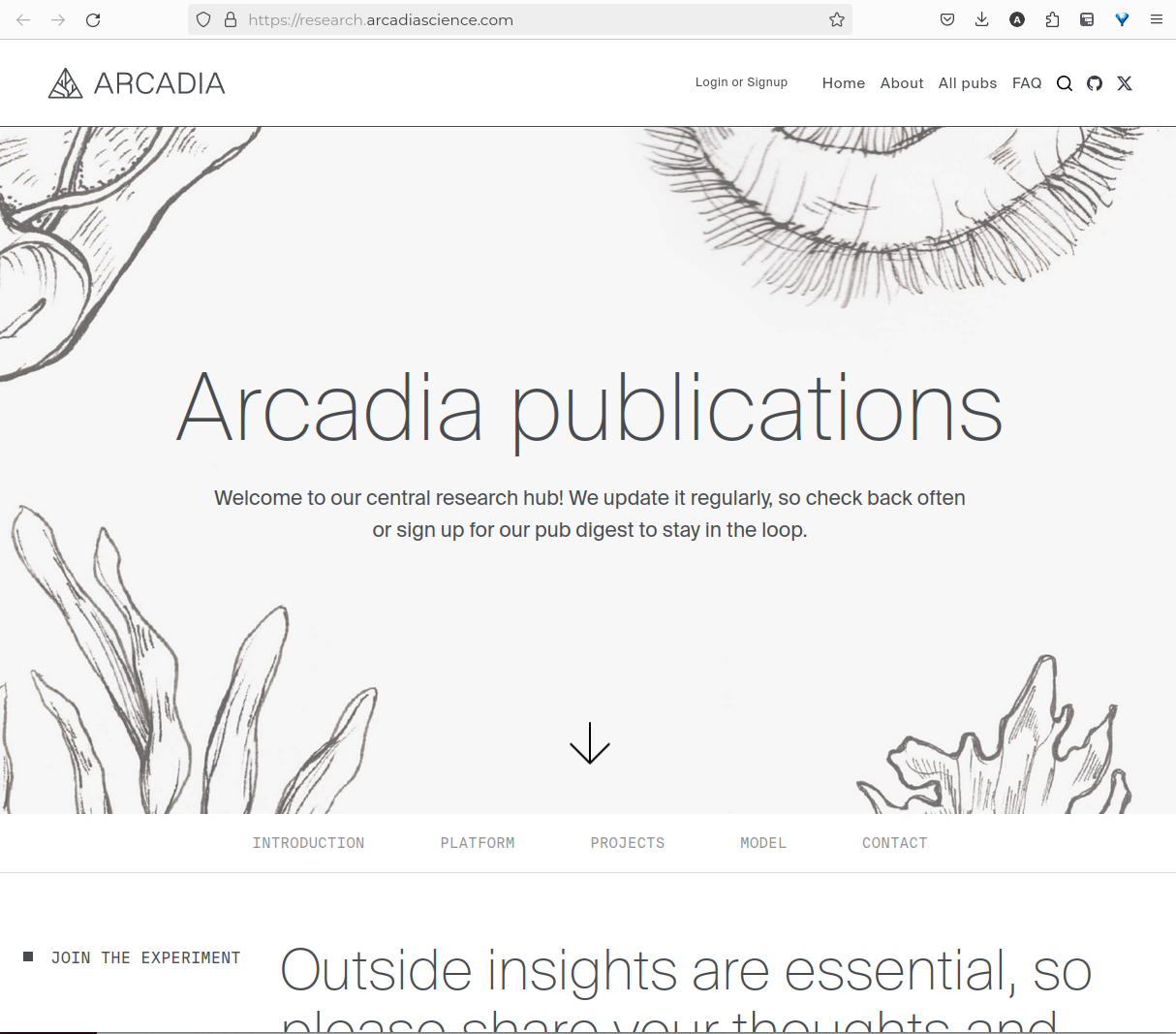
Like Sciety, Arcadia Science is a pioneer experimenting with processes and re-configuring them to empower their researchers to "learn how to drive scientific dialogue on their own". This development might potentially represent the ultimate realization of enhanced researcher agency.
The Quiet Moat - Proprietary Infrastructure
The open infrastructure movement, which champions an open technical environment—including tools like open-source software and open persistent identifiers (PIDs)—plays a crucial role in this evolving landscape. Open infrastructure can be framed as a movement that seeks to distribute the technical underpinnings of the research and publication environment, providing researchers and publishers with the tools they need to independently manage their work. When it comes to scholarly communications, by making these tools openly available, the movement provides the opportunity for researchers to take charge of the entire communication process, from data management and citation handling to the coordination of peer review, sharing of findings, and content curation. This is not to say these tools should be made available so researchers can replicate journal processes.
This shift towards open infrastructure is more than just technological; it's a significant step toward granting researchers greater opportunities for agency in shaping how their findings are disseminated and validated. For researchers to truly have control, they require access to many of the tools currently contained almost exclusively within the journal environment. This includes tools for replacing proprietary PIDs with free alternatives, development of open data repositories, systems for new forms of team based co-ordination, tools for the production of appropriate structured and 'display' formats, validation tools, dissemination tools, 'integrity check' tools etc. The entire landscape of tools that journals engage with must be open for researchers to truly be able to experiment with and establish independence.
Of course, the technical environment is undoubtedly set to change, with advancements like AI serving as a key catalyst today. Within this shifting landscape, the Open Infrastructure 'movement' (more a collection of individual projects dedicated to making a difference) plays a crucial role. It must continue to work diligently to ensure that these technological developments enhance and promote increased researcher agency. The cost of technology and, importantly, usability (UX) are gating mechanisms useful to large publishers and proprietary tool providers interested and invested in the perpetuation of the current model. If researcher agency is to meet it's potential, then the open infrastructure movement will need to match and better the existing and newly emergent proprietary offerings.
Keeping it In the Box - B2C
In tandem with the rise of researcher agency outside of journal walls, another significant shift is occurring within the commercial publishing industry. Many publishers are now transitioning from what they describe as a "B2B" (Business-to-Business) model to a "B2C" (Business-to-Consumer) approach. This change is driven, in part, by the increasing wave of Open Access content and associated Article Processing Charges (APCs).
Over the past year in particular, numerous publishers have expressed to me their intention to adapt to this evolving landscape. They recognize that the traditional B2B model, where institutions and libraries were the primary customers, is giving way to a B2C model that places the researcher at the center. In this new paradigm, researchers are increasingly seen as the primary consumers of publishing services, rather than 'just' [sic] the producers and consumers of content.
This shift in focus is reflected in the recent theme of the 2024 SSP (Society for Scholarly Publishing) conference, which aims to explore the implications of this transition.
Huge growth in proposals and publications, a greater focus on researchers as both author and reader, evolving open access publishing models, and the urgent need for equity and inclusion are disrupting traditional publishing infrastructure and processes.
https://customer.sspnet.org/SSP/ssp/AM24/Program.aspx
As publishers grapple with this transition, they are trying to develop new strategies and systems that cater to the needs of researchers as customers. This may involve providing more user-friendly platforms ('author experience'), offering personalized services, and finding innovative ways to support the dissemination and discovery of Open Access content.
But while the transition from B2B to B2C models in the commercial publishing industry is indeed granting researchers more agency, it's important to distinguish this from the agency associated with the unboxing of scholarly communication. The B2C model focuses more on providing researchers with a better user experience within the existing publishing framework, while the 'unboxing movement' aims to empower researchers to take control of, and reformulate, the entire publishing process.
Notably also, the recent move by the Gates Foundation to shift away from funding Article Processing Charges (APCs), one of the B2C drivers, underscores a significant criticism within the open access community: APCs are seen as by many as inherently inequitable, favoring institutions and researchers that can afford them over those that cannot.
Conclusion
The scholarly communication landscape is experiencing a significant transformation, driven by researchers' growing control over sharing and validating their work. With researchers gaining more agency, the system is poised to become more dynamic, responsive, and equitable, benefiting both the research community and society at large.
Whether increased researcher agency within the commercial publishing industry will act as a force to change publishing models remains to be seen (I believe it is unlikely to have a significant impact). But crucially, as experimentation flourishes beyond traditional journal boundaries, novel publishing models will continue to emerge and gain momentum, fundamentally reshaping the domain.
I believe the inevitable conclusion, and I accept many will disagree with this, is that many publishing processes will remain but substantively reconfigured in new models. What gets published will change, how it is published will change, and who publishes it will change, and the most interesting and dynamic changes will be determined by researchers, not publishers. At the end of the day, I'm optimistic this unboxing of scholarly communications will bring about the changes many of us wish to see.
Coda:
- Many thanks to Paul Shannon for helping provide greater clarity in the PRC section. I highly recommend Paul's recent presentation about eLife's PRC model and infrastructure.
- Many thanks also to Christian Kohl who made the point that the commercial publishing industry adjustment is possibly more widely effected by Business-to-Business-to-Consumer (B2B2C) strategies, where institutional agreements are involved which is a good point. I elected not to put this in the text as I felt the section on B2C adequately gets the shift in dynamic across which is the point I was trying to make.
- Christian also made the point that not all researchers are invested in preprints etc and felt there should be greater emphasis of this in the article. I have made subtle changes to reflect this better.
© Adam Hyde, 2024, CC-BY-SA
Featured image public domain, created by MidJourney from prompts by Adam.






Member discussion